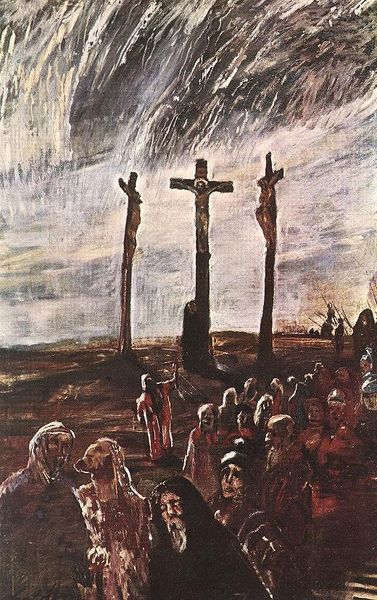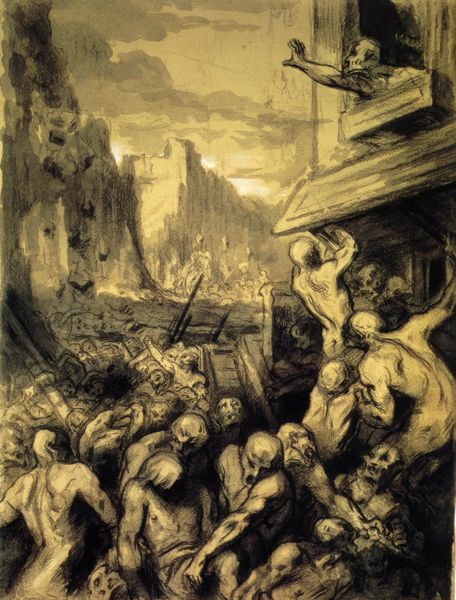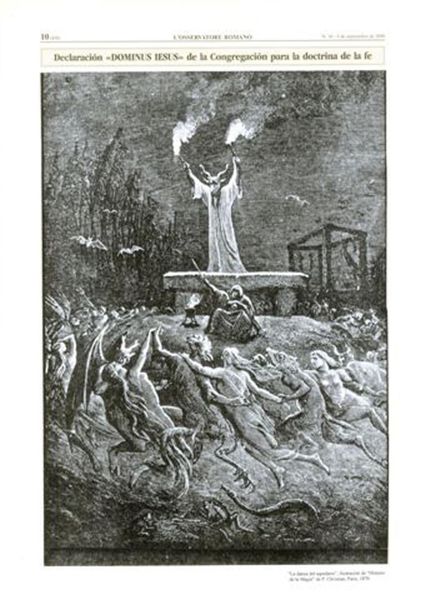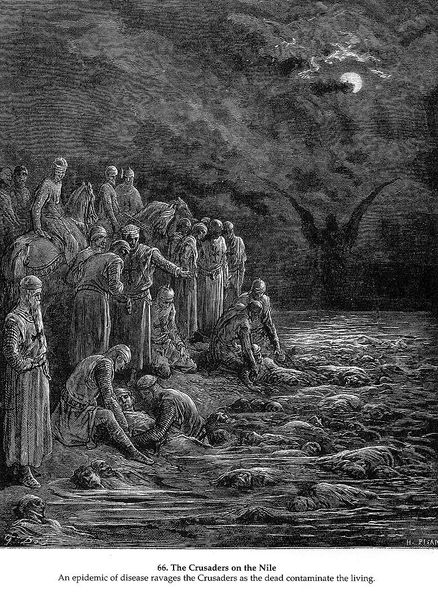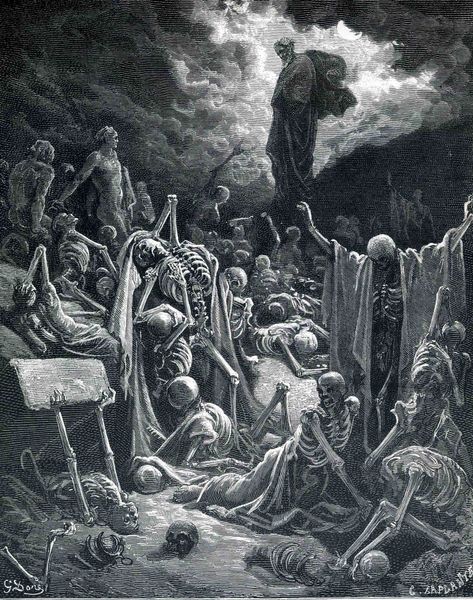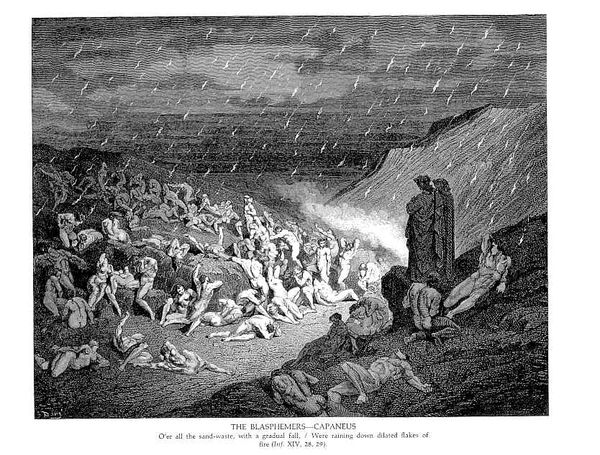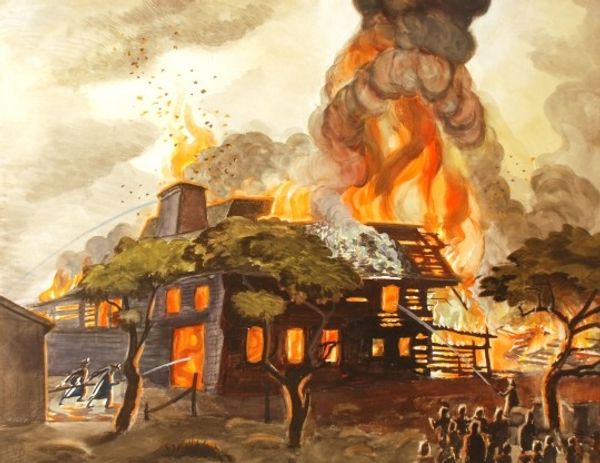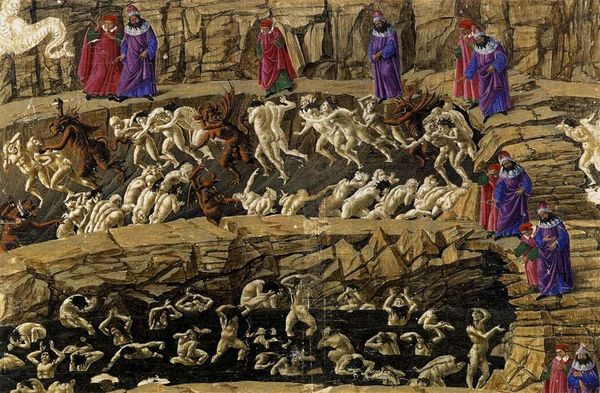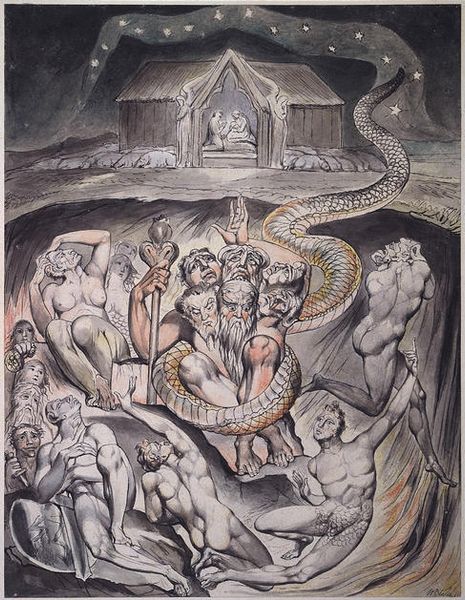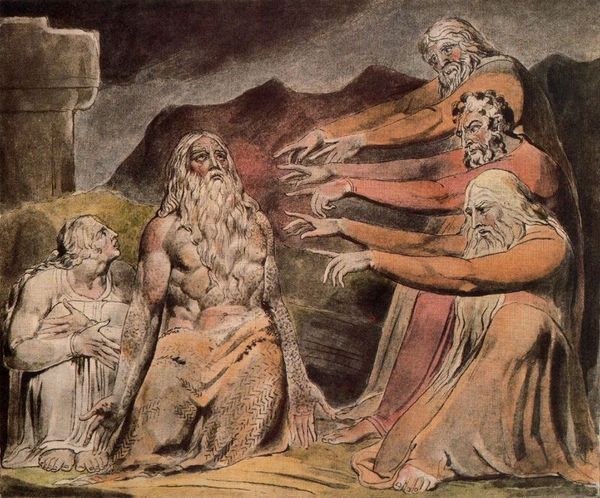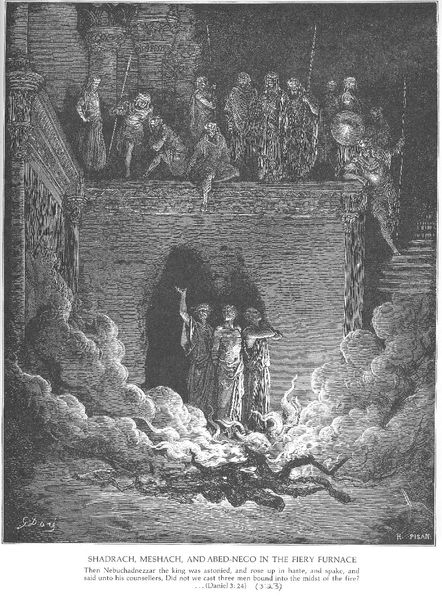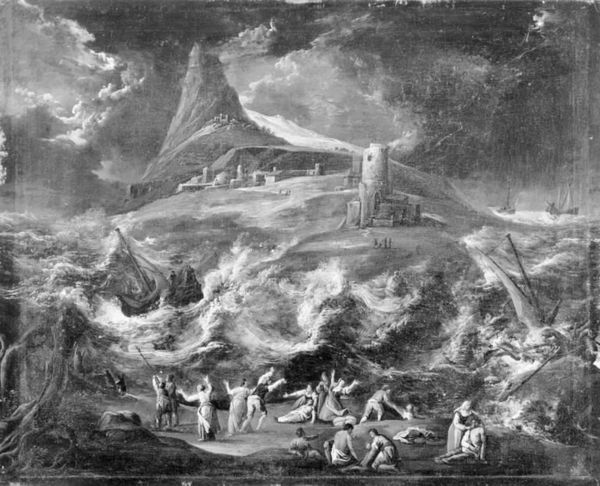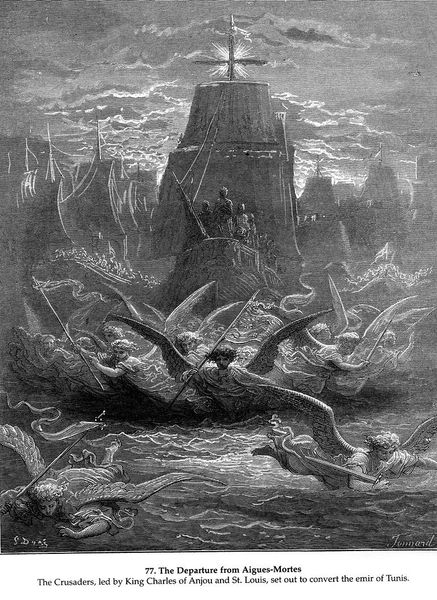
drawing, watercolor, ink
#
drawing
#
medieval
#
narrative-art
#
landscape
#
figuration
#
watercolor
#
ink
#
romanticism
#
mythology
#
symbolism
#
history-painting
#
watercolor
Copyright: Public domain
Curator: Up next we have William Blake’s, “Illustration to Dante's Divine Comedy, Hell.” Rendered in ink and watercolor. What's your immediate take? Editor: It feels… tempestuous. Chaotic, even. Like witnessing a pivotal moment in some grand mythological narrative. The figures are all straining, reaching, filled with… longing? And what's with the colors? Everything’s awash in these murky blues, browns, and pale washes. It’s otherworldly. Curator: Exactly. Blake brings a singular vision. See how he populates the shores with figures inspired by Dante’s Inferno, yearning to cross Acheron into the underworld? Think about what water signifies here. It isn't simply a boundary. It’s a medium for the soul’s passage into the unknown, fraught with danger, turbulence and maybe even hints of revelation. Editor: The waves themselves appear to writhe and churn with what could be torments… little creatures floating. It’s a fascinating paradox: such fluidity representing a static state of eternal suffering. Curator: And consider that looming presence in the sky. What might those semi-corporeal beings signify, draped as if formed from smoke, looking down from some lofty plane of existence? This reminds me of the ancient Gnostic vision, where matter is the great imprisonment, but also where flashes of spirit pierce through. Editor: Are you suggesting they embody the lost hope that even within torment, a higher awareness observes? They definitely act as some counterpoint to the chaos unfolding. One sees an interplay here between despair and transcendence. Curator: That is it. Blake wants us to delve into the emotional states Dante so masterfully evoked through verse. To render in visual form what's almost unspeakable about facing consequences… and enduring regret. He is always probing how contraries push towards something divine. Editor: Thinking about that, Blake captures humanity in a raw state— stripped down to primal fear and desire. Look closely at the individual gestures and expressions, from supplicating to shying away. They read to me as projections of the modern psyche when faced with moral crisis. Curator: Right. Blake’s personal symbolism becomes a lens through which to observe the eternal human struggle— that very intimate dance between spiritual aspiration and the stark reality of earthly existence. It also reminds me how symbols shift and are recontextualized from epoch to epoch, carrying memory and hope from the past as they evolve. Editor: It makes me reflect on how ancient allegories continue reverberating within us. "Hell," here isn’t just a place of religious terror but this idea that all unresolved parts of existence continue to affect you from both the inside and out, like external waves of inner experience. Thanks for these views. Curator: Yes, thanks for coming along. Hopefully now the next viewers will now look with fresh insights.
Comments
No comments
Be the first to comment and join the conversation on the ultimate creative platform.
